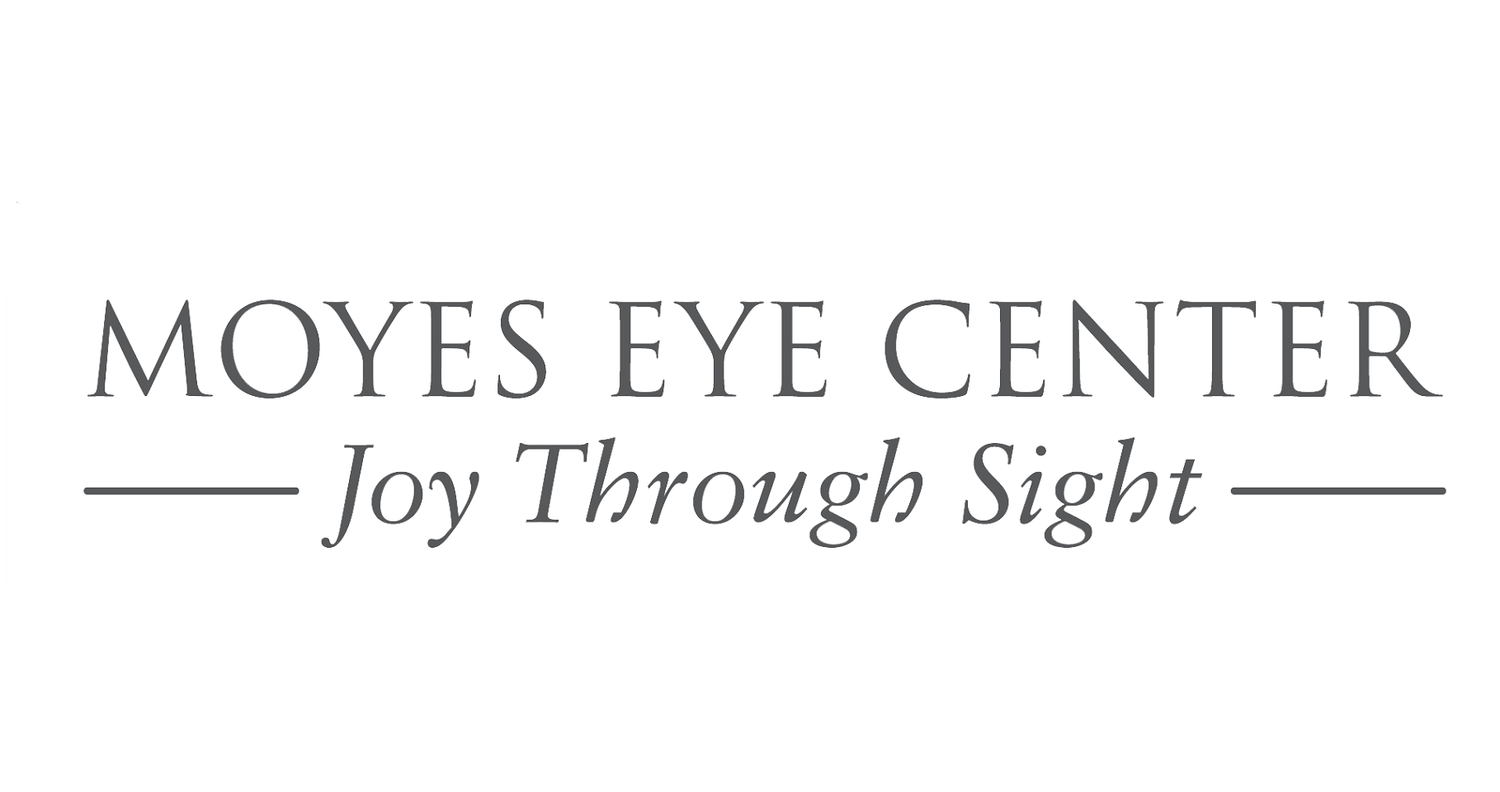What are Pterygium?
A pterygium is a degenerative change of the conjunctiva (the clear skin that covers the white of the eye). Although the exact reason why pterygia form is unknown, there is a higher incidence found in people who have a lot of UV light exposure. It is common that patients with pterygia have a history of increased “outdoor activities” or occupational sunlight exposure such as farmers and construction workers.
Pterygium Nearing Central Cornea
Pterygium With Central Scarring
Diagnosis
Pterygia once diagnosed should be monitored yearly for growth. Measurements detailing the size and extent of spread onto the cornea (the clear windshield of the eye) as well as photographs are important. Corneal topography which helps to analyze potential changes in corneal shape and astigmatism can be used to monitor pterygia growth and the effects it may be having on vision.
Treatment
Treatment is indicated when the pterygium is causing:
decreased best corrected vision (with glasses or contact lenses) due to irregular astigmatism
Risk of permanent scar tissue by growing close to the center of the cornea
consistent irritation to the ocular surface
Historically pterygia were removed with simple excision but due to high recurrence rates with this approach simple excision alone is no longer the treatment of choice. Today simple excision is used to remove the pterygium and a conjunctival autograft (piece of healthy conjunctiva or skin from a different location on the eye) is glued or sutured into place where the pterygium was removed. This technique has significantly reduced the incidence of recurrence and provides a much more acceptable cosmetic result after a few months of healing.
